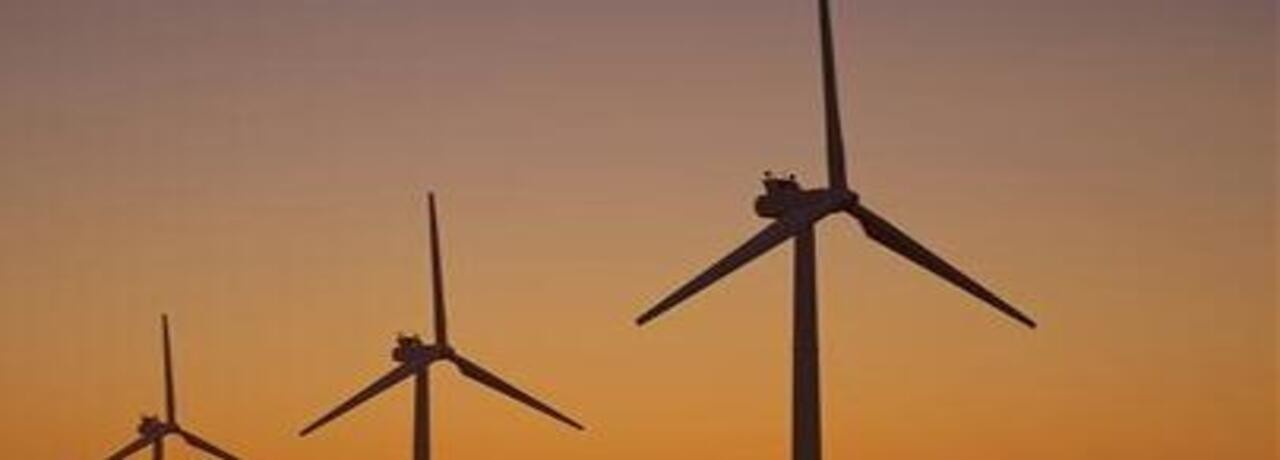
Central and Eastern Europe: Growth is moderating
Flash estimates indicate that real GDP growth in the group of 11 EU members in the CEE region lost momentum in Q3, as expected, coming in at around +3.4% (all figures in seasonally adjusted, y/y terms), down from 3.8% in Q2. Hungary remained the frontrunner in Q3 with +4.8% (+5.2% in Q2), followed by Poland with +4% (+4.1% in Q2). These two countries have so far shown resilience to the troubles in the European automotive sector. In contrast, output growth came in more moderately in Romania (+3.2% in Q3 after +4.3%), Czechia (+2.5% after +2.8%) and Slovakia (+1.8% after +2.4%). Meanwhile, Q3 growth remained relatively robust in Bulgaria (+3.7% after +3.8%) and Lithuania (+3.6% after +4%) but weakened further in Latvia (+1.8% after +2.5). The Q3 estimates are in line with our average full-year 2019 growth forecast of +3.6% for the 11 EU members in CEE (after +4.3% in 2018). For 2020 we forecast regional growth to slow to below +3% due to a delayed impact from the Eurozone cycle.














